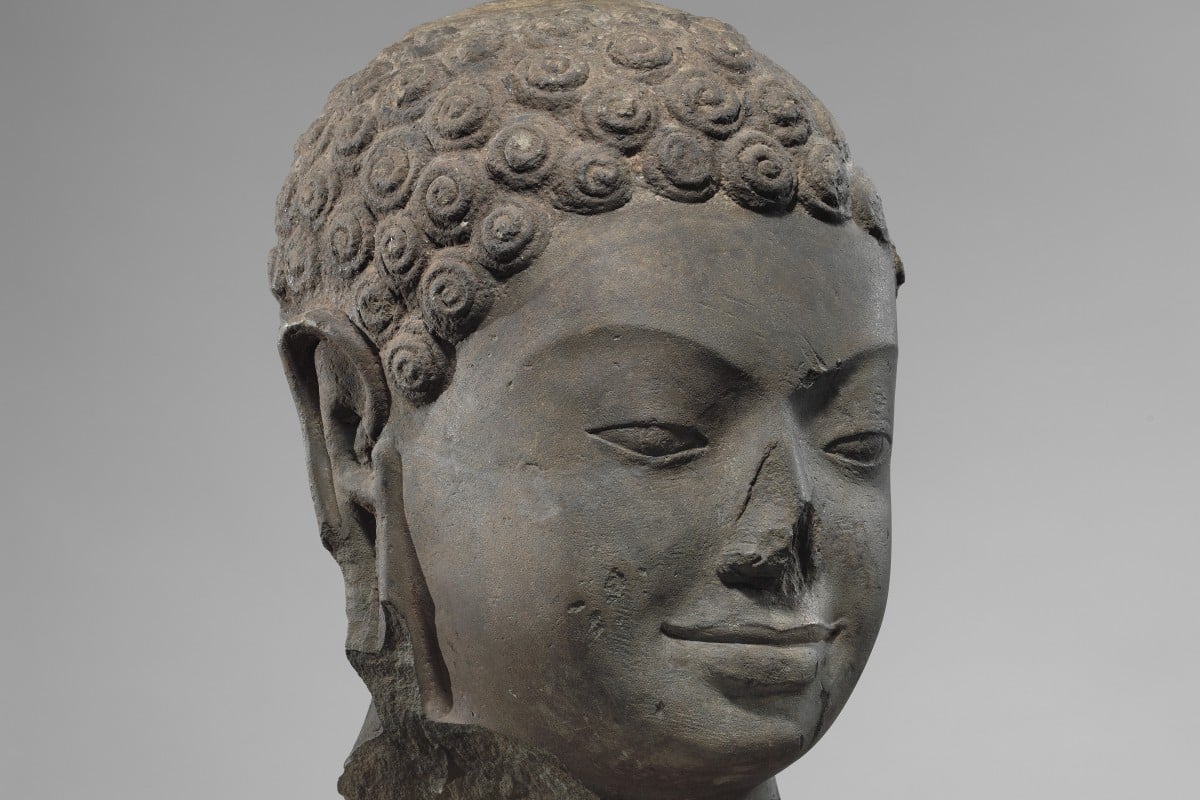New York’s Met to return dozens of stolen artifacts to Cambodia
The well-known American museum will return several ancient statues to Cambodia (and two to Thailand) after federal prosecutors, aided by former Cambodian looters, discovered that the artifacts had been stolen from ancient temples. For Cambodians, sculptures are not just works of art but hold the soul of their ancestors.
Phnom Penh (AsiaNews/Agencies) – New York’s Metropolitan Museum of Art, a well-known American cultural institution, will return to Cambodia several ancient statues donated to the institute looted by Douglas Latchford, a Briton accused of running an illegal syndicate that bought and sold artifacts from Southeast Asia.
The office of United States Attorney for the Southern District of New York Damian Williams announced the decision last week, following an investigation.
Latchford was charged with “orchestrating a multi-year scheme to sell looted Cambodian antiquities on the international art market,” the office said, but the indictment against him was dropped after his death.
The Met later approached Cambodian authorities directly to trace the origin of the trafficked artifacts, even though Latchford, a self-styled art expert and enthusiast, had donated them to the museum.
Arrangements for the restitution of the statues will be finalised in the coming weeks, US officials said, after the museum announced that 14 artifacts would return to Cambodia and two to Thailand.
They pieces include a bronze Bodhisattva Avalokiteshvara (late 10th-11th centuries) and a monumental stone Buddha head from the 7th century.
The recovery of these antiquities would not have been possible without the help of Toek Tik, a Cambodian who worked with Latchford for years.
Before dying of cancer, he decided to join the team of Cambodian investigators, led by US lawyer Brad Gordon, to help the recovery.
“He felt tremendously guilty about many things he had done in his life, about the killing, about the looting," Gordon said.
The testimony of former looters like Toek Tik was critical in the case against Latchford, federal prosecutors in New York explained.
The looting of ancient Cambodian art began with the arrival of French colonisers, turning into a global business in the 1970s and 1990s, particularly under the brutal Khmer Rouge regime.
In the following decades, marked by political instability, temples were looted, including Angkor Wat, one of the largest religious sites in the world and a UNESCO World Heritage Site. The UN cultural agency bans the import or export of cultural goods.
For Cambodians, temple statues are not just works of art, but sacred deities that guard the souls of ancestors, to whom they turn to pray and ask for advice.
For this reason, the spokesman for Cambodia's Ministry of Culture and Fine Arts, Hab Touch, last week asked for the artifacts’ return also because such “ancient items [. . .] are the soul of our ancestors.”
In a statement, Cambodia’s Ministry of Culture and Fine Arts noted that these “lost national treasures [were] taken from Cambodia in the time of war and genocide”.
Over the past two years, more than a thousand pieces worth US$ 225 million were returned to more than 20 countries, including Cambodia, China, India, Egypt, Greece, and Italy, Met officials said.
New York is a trafficking hub, and several antiquities have been seized since 2021 from museums, including the Met, as well as wealthy private collectors in Manhattan.
The Met plans a review of its inventory.







.png)










